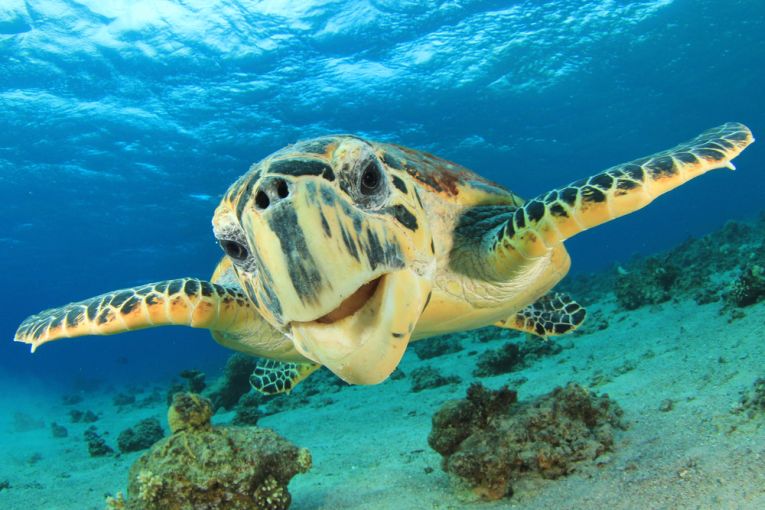1. UK to Designate the Biggest Protected Ocean Area in the World
This week the British government announced that the Pitcairn Islands, a British territory in the South Pacific Ocean, will become the largest marine reserve in the world. The protected area will span 322,000 square miles and encompass the Oeno, Henderson, Ducie, and Pitcairn Islands. This sanctuary will protect over 1,200 species and the 40 Mile Reef. The waters will be off limits to commercial fishing as well as any undersea mining. Read more…
As a follow up to the State of the Union, President Obama signed an executive order to have the United States cut 40% of its greenhouse gas emissions over the next decade. Large US corporations like GE, HP, IBM Northrop Grumman, and Honeywell will follow suit and announce their own emission cuts. This is a promising precursor to the international goals that will be established at the global climate summit in Paris in December., Read more…
3. Oxygen, Aerobic Life Found Deep Beneath The Ocean Floor On Texas A&M Drill Ship
Scientist unexpectedly came across evidence of oxygen-breathing microbial life which exploring 12,000 feet below sea level in the Pacific Ocean. The microbes were found all the way through the seafloor sediment to the igneous basement. This finding negated the conclusion made 60years ago that the depth limit of life was just below the sediment. The researchers believe that oxygen and aerobic microbes occur throughout the sediment in 37% of the world’s oceans. Read the complete report here…
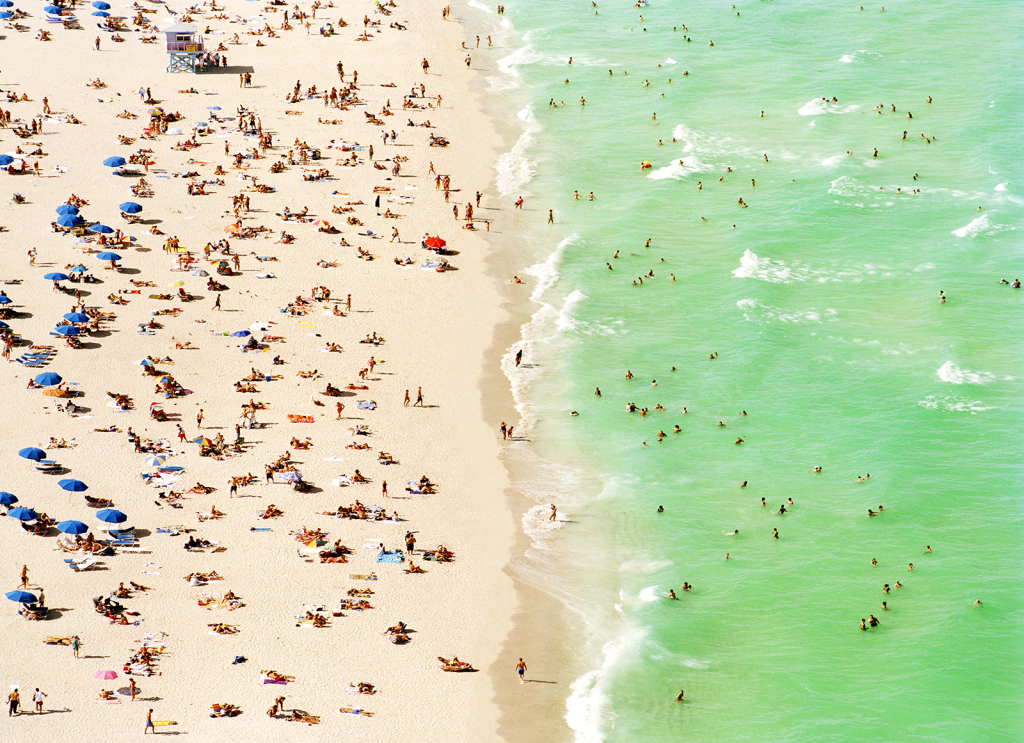 With Spring Break upon us here in the United States, hundreds of thousands people will make a pilgrimage to the Sunshine State to relax. Florida’s ocean and beaches have been a popular tourist attraction for families and college students alike. If you have frequented the Florida beaches, you may notice some drastic differences. Although the Florida Department of Environmental Protection won’t approve of this statement, climate change has had a tremendous impact on meteorology, coast lines, and marine life. Read more about the damages here…. For more information on the unwritten ban that Florida has put on the term ‘climate change’ read here…
With Spring Break upon us here in the United States, hundreds of thousands people will make a pilgrimage to the Sunshine State to relax. Florida’s ocean and beaches have been a popular tourist attraction for families and college students alike. If you have frequented the Florida beaches, you may notice some drastic differences. Although the Florida Department of Environmental Protection won’t approve of this statement, climate change has had a tremendous impact on meteorology, coast lines, and marine life. Read more about the damages here…. For more information on the unwritten ban that Florida has put on the term ‘climate change’ read here…
 The City of San Diego has revealed that the Monsanto Company has released polychlorinated biphenyls (PCBs) into the San Diego Bay. The Monsanto Company is well known for its production of genetically engineered seeds and herbicides and is responsible for 99% of the PCB production in the United States. San Diego has filed a law suit against Monsanto after finding evidence of PCBs in water samples and marine life. This pollution source has been banned from the Bay for over 30 years. Read more…
The City of San Diego has revealed that the Monsanto Company has released polychlorinated biphenyls (PCBs) into the San Diego Bay. The Monsanto Company is well known for its production of genetically engineered seeds and herbicides and is responsible for 99% of the PCB production in the United States. San Diego has filed a law suit against Monsanto after finding evidence of PCBs in water samples and marine life. This pollution source has been banned from the Bay for over 30 years. Read more…
6. Humpbacks Give A Show to Remember!
 Unfortunately, we all may not have the opportunity to spend some time on a whale tour boat. Lucky for us, a group on a Pacific Whale Foundation boat in Maui took some pictures and video that make you feel like you’re there with them! Take a look at these amazing humpback whales here…
Unfortunately, we all may not have the opportunity to spend some time on a whale tour boat. Lucky for us, a group on a Pacific Whale Foundation boat in Maui took some pictures and video that make you feel like you’re there with them! Take a look at these amazing humpback whales here…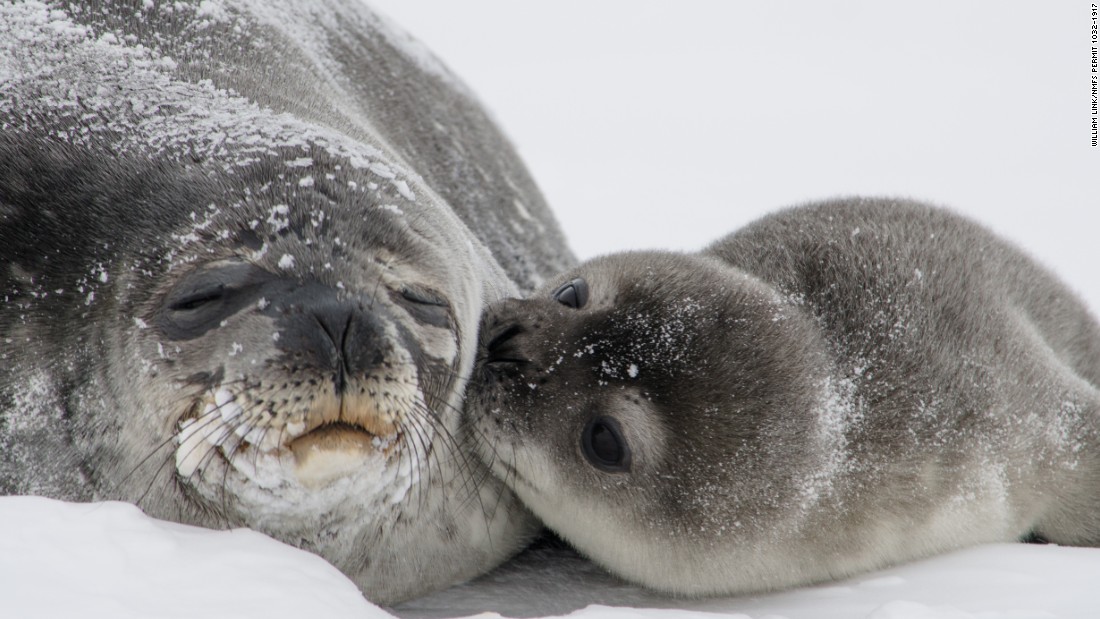
The picture on the right truly doesn’t require too many comments. It may be the sweetest thing we have seen all week. This photo of the baby Weddell seal nuzzling up to its mother was taken by a scientist from the U.S Geological Survey in Erebus Bay, Antarctica. The Weddell seal population has been studied at that location for over 40 years. Read more…
8. Riding the Waves: The Challenges of Harnessing Ocean Power
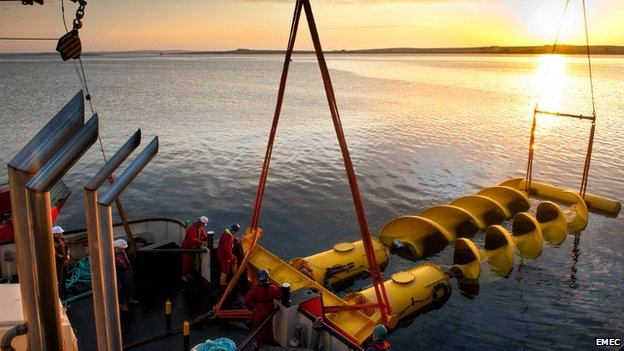
Over the last few months, the Week in Review reports have included stories on various prototypes and test of machines that can harness tidal or wave power. This BBC article breaks down some of the technologies that are in trial and the efficiency of the designs. With the aggressive targets to reduce in carbon pollution emissions, many countries may invest in the development of this form of power generation. Read more…
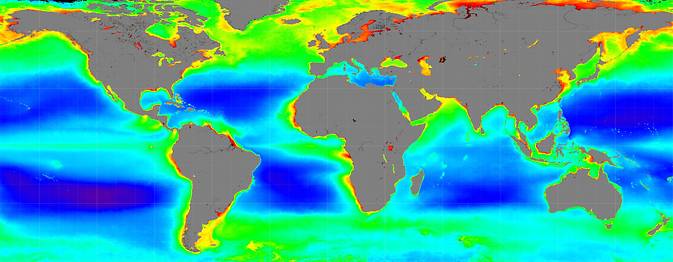
In 2022, NASA will launch a mission to study the Earth’s ocean and the clouds and airborne particles that affect the climate. The project will be names the Pre-Aerosol Clouds and ocean Ecosystem (PACE) mission and will be overseen by NASA’s Goddard Space Flight Center. PACE will collect data on the color of the ocean and measure particles in the atmosphere. The overall goal of this project is to understand the current state of phytoplankton in the ocean and the roles of aerosols in the climate system. Read more…
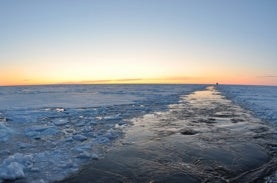 On February 25th, the maximum level of sea ice was reached for the year. According to the National Snow and Ice Data Center, this maximum has occurred early and now marks the start of the summer thawing. This year the maximum was 14.5 million sq km which is the lowest since 1979, when satellite records began. Read more…
On February 25th, the maximum level of sea ice was reached for the year. According to the National Snow and Ice Data Center, this maximum has occurred early and now marks the start of the summer thawing. This year the maximum was 14.5 million sq km which is the lowest since 1979, when satellite records began. Read more…
Sea Save Foundation is committed to raising awareness of marine conservation. The Week in Review is a team effort produced by the Sea Save staff to provide a weekly summary of the latest in marine research, policy, and news.

